Medical waste is waste generated from the activities of medical facilities, including hazardous medical waste, ordinary solid waste, exhaust gas, non-hazardous liquid waste and medical wastewater. Hazardous medical waste is waste containing elements that are harmful to human health and the environment such as being easily infectious, toxic, radioactive, flammable, explosive, corrosive or having other hazardous properties if these wastes are not completely destroyed.
According to the Director of the Department of Health - Doctor Huynh Minh Phuc, currently the province has 28 public health facilities, 188 commune, ward and town health stations; 5 hospitals and 986 non-public clinics and treatment rooms. The amount of medical waste discharged into the environment every day is quite large. Therefore, the management of medical waste is always of interest, directed and closely monitored by the provincial health sector.
 Waste generated at medical facilities is collected and classified at the source.
Waste generated at medical facilities is collected and classified at the source.
Long An General Hospital is the largest medical facility in the province. The hospital strictly implements the process of collecting and treating medical waste and domestic waste to ensure that medical waste and wastewater are treated according to standards before being discharged into the environment. Accordingly, waste generated from departments and rooms is collected and classified at the source. Regular waste is classified, if it can be recycled, it is classified separately, the rest cannot be recycled and is kept separately. Non-infectious or infectious hazardous medical waste is placed in bins according to the color specified in Circular No. 02/2022/TT-BTNMT of the Ministry of Natural Resources and Environment, Law on Environment 2020.
All medical waste is managed, transported and treated in accordance with regulations. The hospital invested in building a solid waste treatment and disposal system funded by the World Bank to help reduce environmental pollution. This is a modern medical waste treatment system with integrated microwave technology for crushing and cutting, which is environmentally friendly. Hazardous waste is put into a microwave treatment furnace to ensure anti-infection requirements, while regular waste is crushed using smokeless technology.
Along with strictly implementing regulations on demarcation, classification, and collection of medical waste, the hospital promotes propaganda for medical staff, patients, and patients' relatives on medical waste management, methods of classification, collection, transportation, and treatment of medical waste in accordance with regulations. In addition, the hospital prioritizes maintaining the area of landscape trees and building more green buildings to create a friendly environment, a relaxing space for patients, patients' relatives, and all hospital staff.
Ms. Nguyen Thi Anh Thi (Ward 3, Tan An City) shared: “I am taking care of a relative hospitalized at the Department of Internal Medicine, Lung and Kidney, Long An General Hospital. To contribute to protecting the green, clean and beautiful hospital environment, I follow the instructions of medical staff, do not litter, proactively classify waste, put trash in bins according to each type of trash, and keep personal belongings neat and tidy”.
Waste management is an important task that any medical facility needs to carry out. Thereby, not only building a green, clean, beautiful medical facility environment, controlling infections and reducing cross-infection, but also contributing to environmental protection, improving the quality of medical examination and treatment as well as the health of the people./.
Thuy Minh
Source



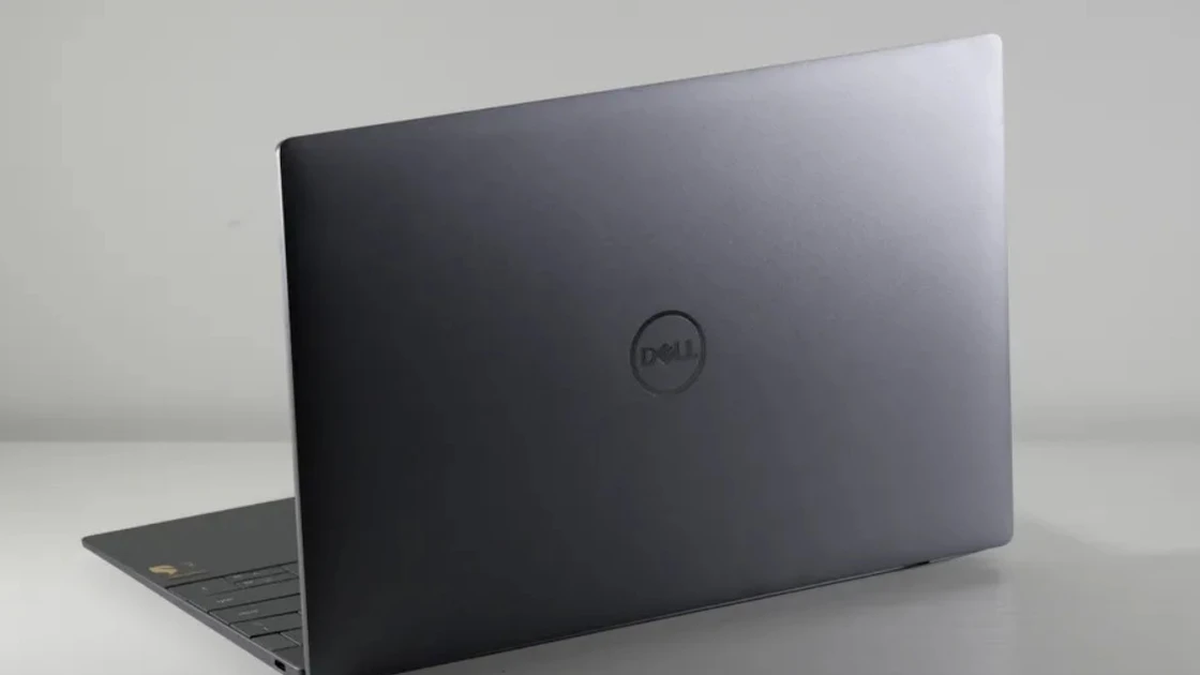
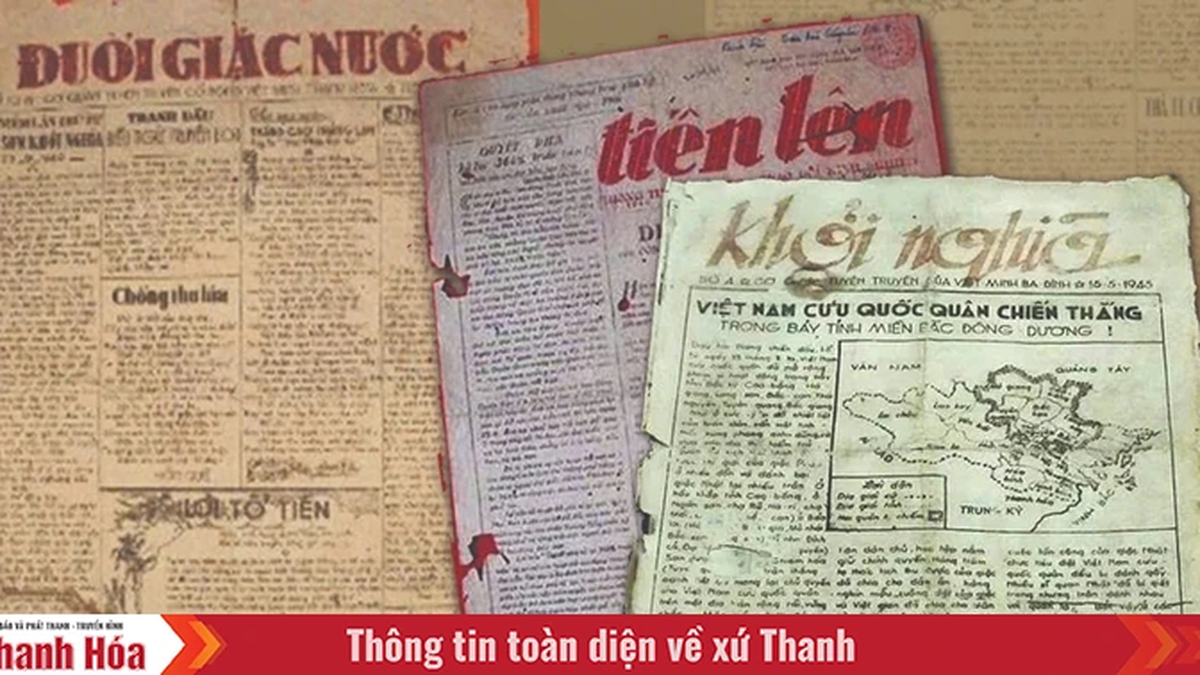

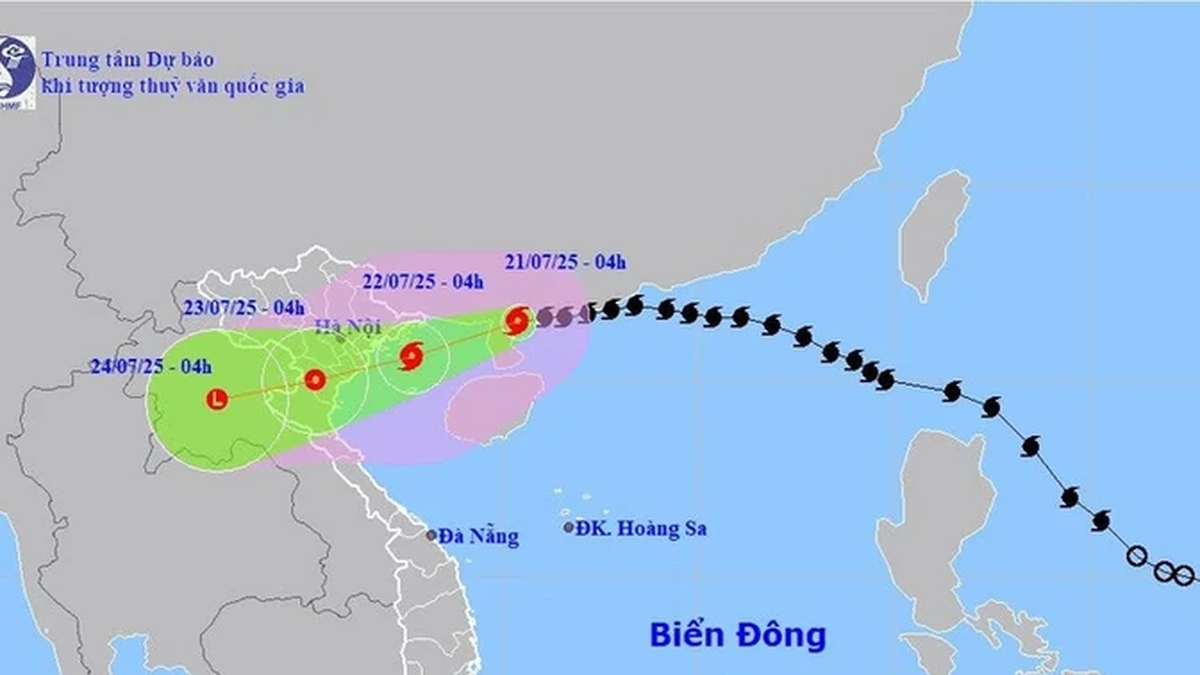

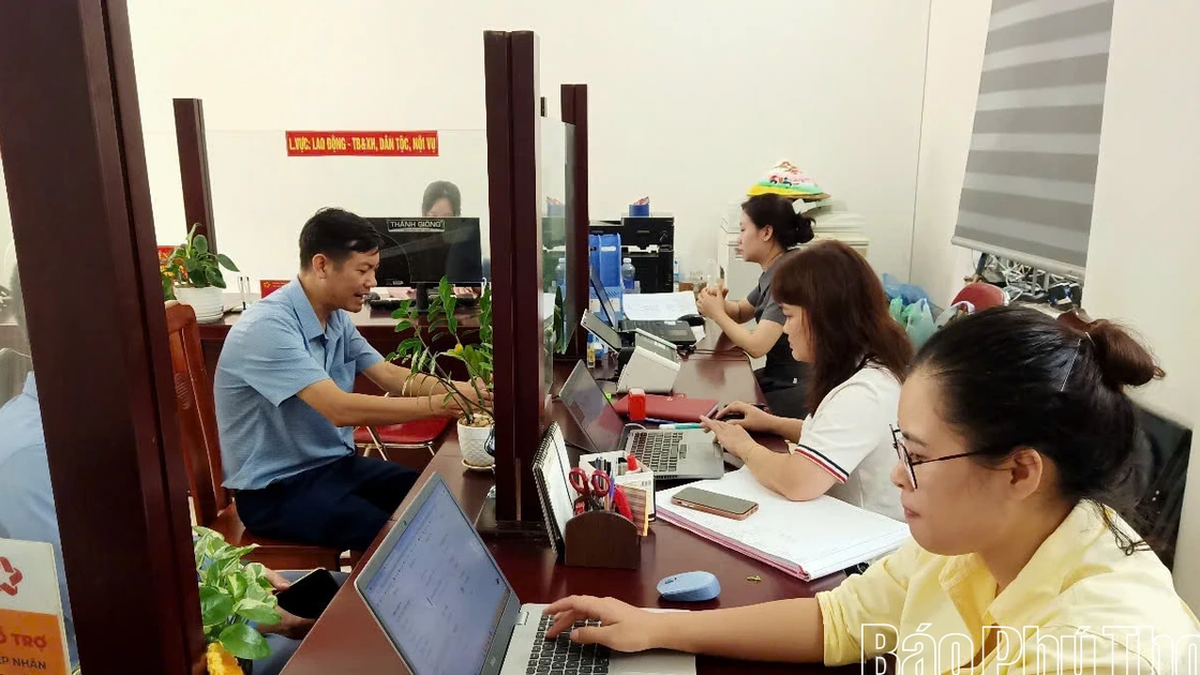
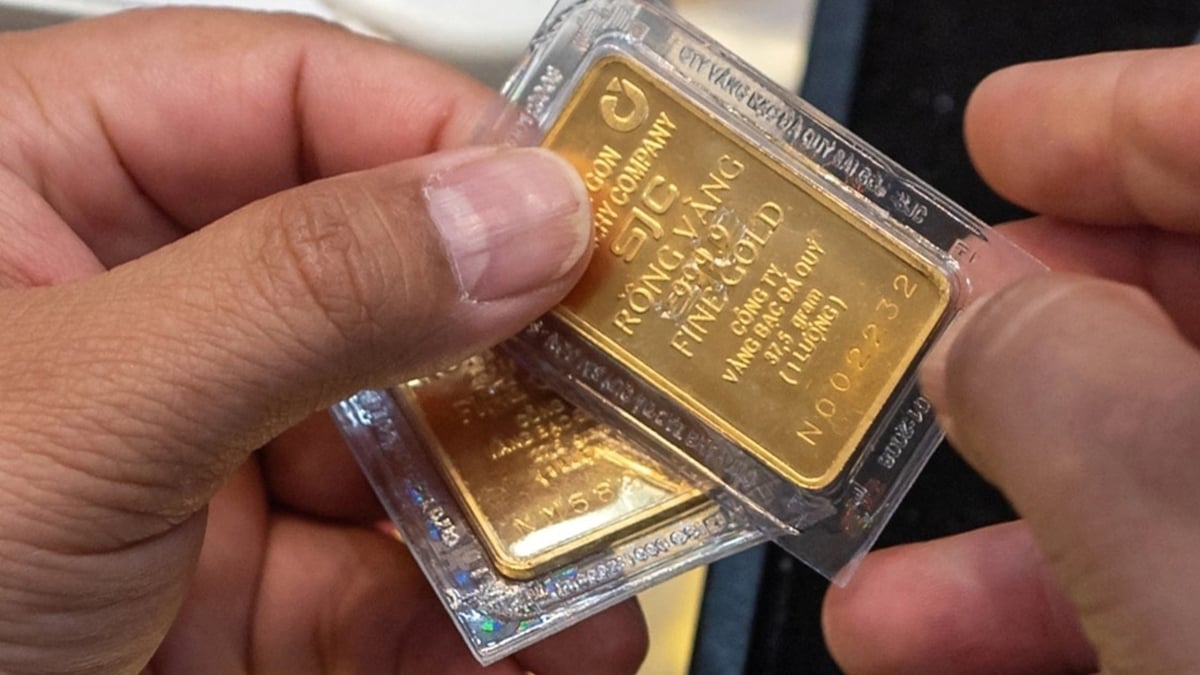















![[Photo] National Assembly Chairman Tran Thanh Man visits Vietnamese Heroic Mother Ta Thi Tran](https://vphoto.vietnam.vn/thumb/1200x675/vietnam/resource/IMAGE/2025/7/20/765c0bd057dd44ad83ab89fe0255b783)


































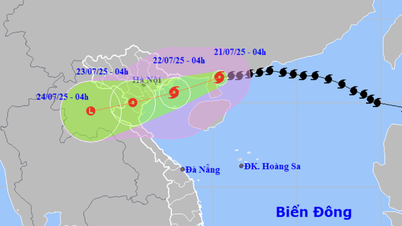




































Comment (0)